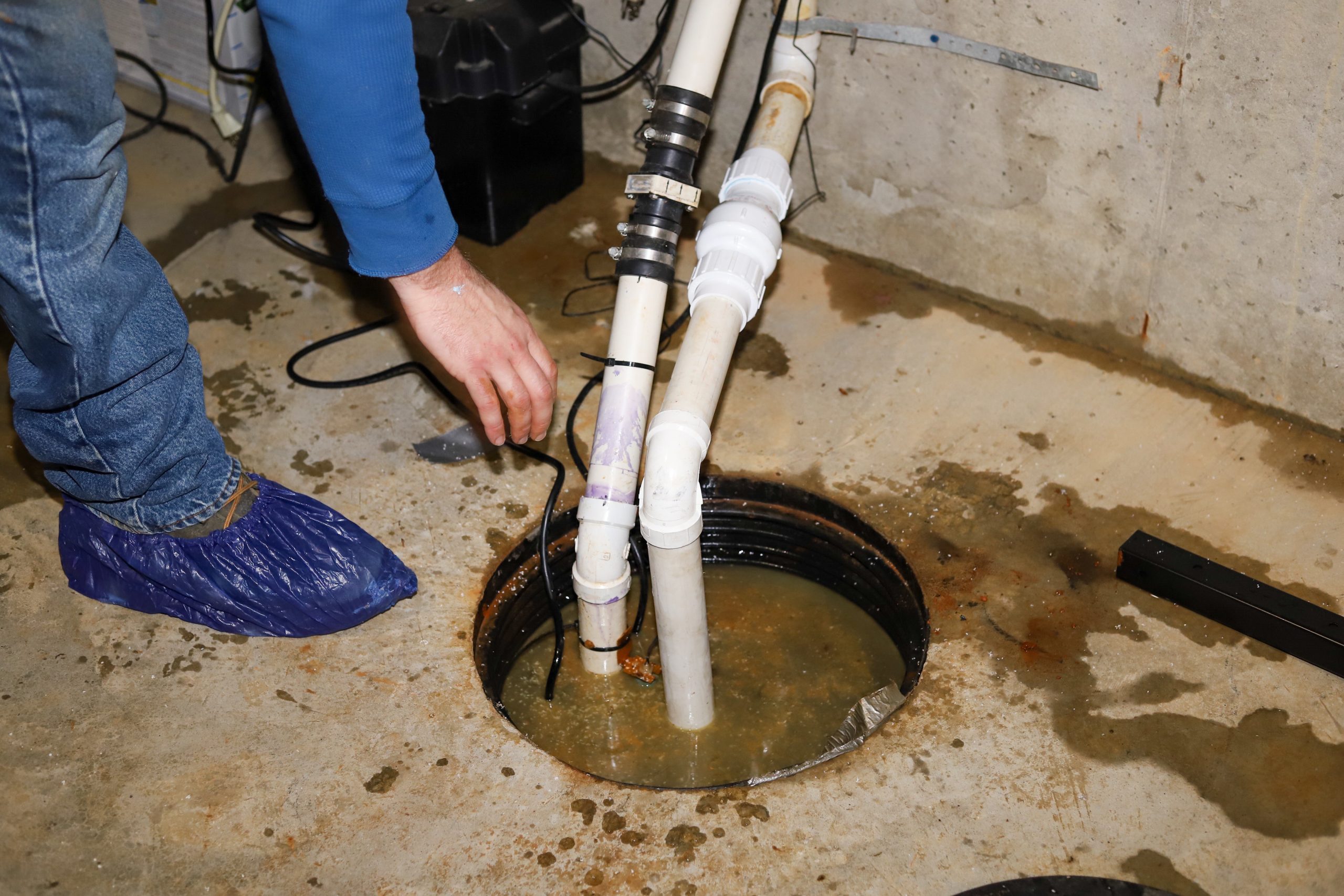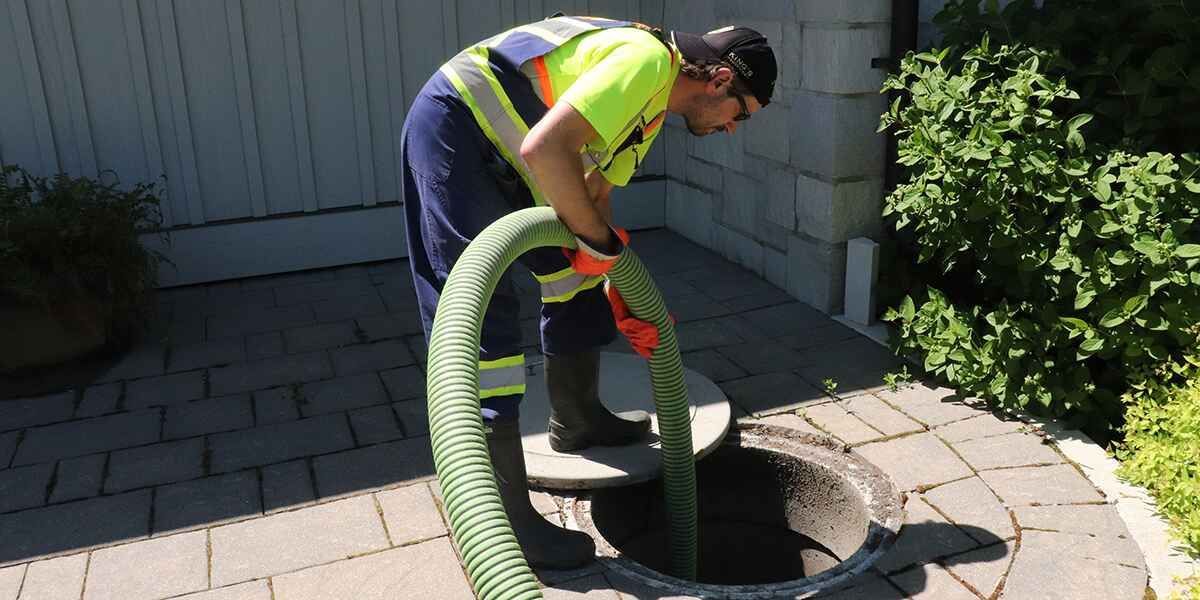What are your opinions on How to Care for Your Sump Pump?

Sump pumps are crucial parts in several homes, especially in locations susceptible to flooding or excessive dampness. They assist stop water damage by effectively getting rid of excess water from cellars or crawl spaces. However, like any other device, sump pumps require normal upkeep to guarantee they work properly when required the most. Cleansing your sump pump is an essential part of its upkeep, and comprehending how to do it correctly can conserve you from costly repairs and potential disasters.
Introduction
Preserving a tidy sump pump is vital for its correct functioning and longevity. Overlooking this vital task can result in clogs, malfunctions, and ultimately, water damage to your property. Therefore, finding out exactly how to clean a sump pump is critical for homeowners who rely upon these devices to maintain their cellars dry and secured.
Recognizing the Sump Pump
Prior to diving into the cleaning process, it's important to have a standard understanding of just how a sump pump works. Normally set up in a pit or basin listed below the cellar floor, a sump pump includes numerous crucial components, including a pump, a float button, and a discharge pipeline. When water collects in the pit, the float button triggers the pump, which after that pumps the water out via the discharge pipe, away from the structure's foundation.
Indications of a Dirty Sump Pump
Recognizing when your sump pump requires cleansing is vital for stopping potential breakdowns. Some usual indicators that show an unclean sump pump consist of weird noises during procedure, minimized water flow, and visible debris in the pit. If you observe any of these signs and symptoms, it's essential to cleanse your sump pump quickly to avoid any kind of additional issues.
Planning for Cleaning
Before you begin cleaning your sump pump, it's necessary to take some safety precautions. Begin by shutting down the power to the pump to prevent any kind of electrical crashes. In addition, put on appropriate safety equipment, such as gloves and safety glasses, to protect on your own from dirt, particles, and prospective virus.
Detailed Guide to Cleaning a Sump Pump
Shutting Off the Power
Begin by detaching the power supply to the sump pump to stop any type of crashes while cleaning.
Removing Particles and Dust
Utilize a pail or an inside story to eliminate any kind of noticeable debris, dirt, or sediment from the sump pit. Dispose of the particles properly to prevent it from blocking the pump or the discharge pipe.
Cleaning the Pump and Float Switch
As soon as the pit is free from particles, thoroughly eliminate the pump from the pit. Check the pump and the float switch for any kind of signs of damage or wear. Use a soft brush or cloth to clean the surfaces and remove any collected gunk.
Flushing the System
After cleaning up the pump and float button, flush the sump pit with tidy water to remove any kind of remaining dirt or sediment. This will aid guarantee that the pump runs smoothly and successfully.
Looking For Correct Functioning
Prior to re-installing the pump, execute a quick examination to make sure that the float button triggers the pump properly. Pour some water right into the sump pit and observe the pump's operation. If everything is operating properly, you can reassemble the pump and reconnect the power supply.
Upkeep Tips to Keep Your Sump Pump Clean
In addition to periodic cleaning, there are a number of upkeep suggestions you can follow to maintain your sump pump in ideal problem:
Final thought
Cleaning your sump pump is an important aspect of its maintenance and ensures that it runs effectively when you require it one of the most. By adhering to the steps laid out in this guide and including regular upkeep into your regimen, you can prolong the lifespan of your sump pump and protect your home from water damages.
6 STEPS ON HOW TO CLEAN A SUMP PUMP PROPERLY
UNDERSTANDING SUMP PUMPS
Your sump pump plays a crucial role in protecting your home by managing and removing excess water. It primarily functions as a “shield”, guarding your basement against the damaging effects of water accumulation. The pump is housed in a sump pit in the lowest part of your basement, and its job is to pump out any water that collects there.
During heavy rainfalls or when snow melts rapidly, water can infiltrate your basement, posing potential risks like flooding, structural damage, and harmful mold growth. Here, the sump pump springs into action, pumping out the intruding water and directing it away from your home.
SAFETY FIRST
Before cleaning, remember to prioritize safety. Disconnect the sump pump from the power source to prevent any accidental electric shocks. Also, wear sturdy gloves to protect your hands from any sharp or dirty components within the pump.
REMOVE THE SUMP PUMP
After ensuring your safety, the next step is to remove the sump pump from its pit. Doing this might require careful maneuvering as you don’t want to damage any pump components. Once removed, clean the sump pit to remove any accumulated debris or sludge.
INSPECT THE PUMP
Inspect the pump for any visible signs of wear or damage. Check the power cord, float switch, and impeller housing. If any components look worn out or damaged, consider replacing them to ensure optimal performance.
CLEAN THE PUMP
Thoroughly clean the pump with warm, soapy water. Make sure to rid it of any dirt, gravel, or other debris that might impede its performance. You can use a toothbrush to clean the small, hard-to-reach parts of the pump.
REINSTALL THE SUMP PUMP
Reinstall the pump into the sump pit Make sure it’s positioned correctly to remove the water effectively Once it’s back in place, reconnect it to the power source TEST THE PUMP
Finally, pour some water into the pit to ensure the pump works correctly. It should start automatically and begin pumping out the water; if it doesn’t, check the power source and the positioning of the pump.
Remember, while cleaning your sump pump is an essential part of home maintenance, hiring a professional plumber for a thorough inspection and cleaning at least once a year is also important. This will ensure that your pump is in optimal condition, ready to protect your home from potential water damage.
BEST PRACTICES FOR CLEANING SUMP PUMP DISCHARGE PIPES
Regular Inspection: Regularly inspect your discharge pipes, especially during heavy rainfall or snowmelt periods. Look for any signs of blockage or damage. Early detection of problems can prevent serious issues down the line. Periodic Cleaning: Over time, sediment and debris can accumulate in the discharge pipes, impeding the flow of water. Regular cleaning helps keep the pipes clear and functioning efficiently. You can use a high-pressure water jet to effectively clean the pipes. Insulation During Winter: In colder climates, discharge pipes can freeze, blocking the outflow of water. Protect your discharge pipes from freezing temperatures by insulating them with foam pipe insulation. This will ensure the sump pump can continue to discharge water even in freezing conditions. Proper Positioning: The discharge pipe should be positioned to direct water away from your home’s foundation. Improper positioning can lead to water seeping back into the basement. Ensure the pipe is long enough and angled correctly. Installation of a Check Valve: A check valve prevents water from flowing back into your sump pit after the pump has pushed it out. Installing a check valve helps maintain the efficiency of your sump pump and reduces the risk of flooding. Minimize Pipe Turns: Every curve or turn in the discharge pipe can decrease the efficiency of water flow. By minimizing turns and bends in your discharge pipe, you can increase the efficiency of your sump pump. https://www.fullspeedplumbing.com/how-to-clean-a-sump-pump-properly9999/

I ran across that write up on Cleaning & Maintenance Tips for Your Home's Sump Pump when perusing the internet. Do you know anybody else who is occupied with the niche? Why not promote it. I cherish your readership.
Recurring Service Plans